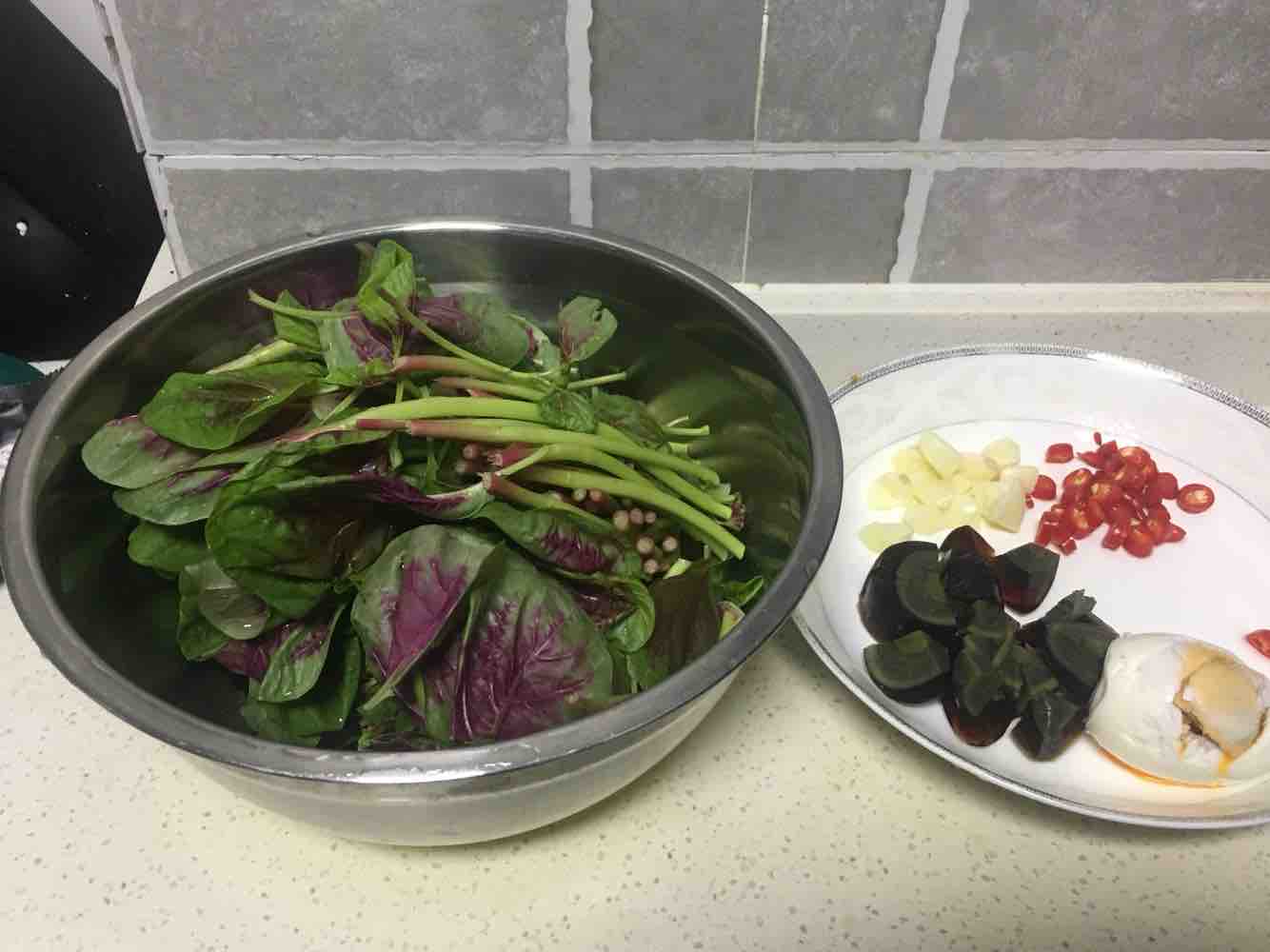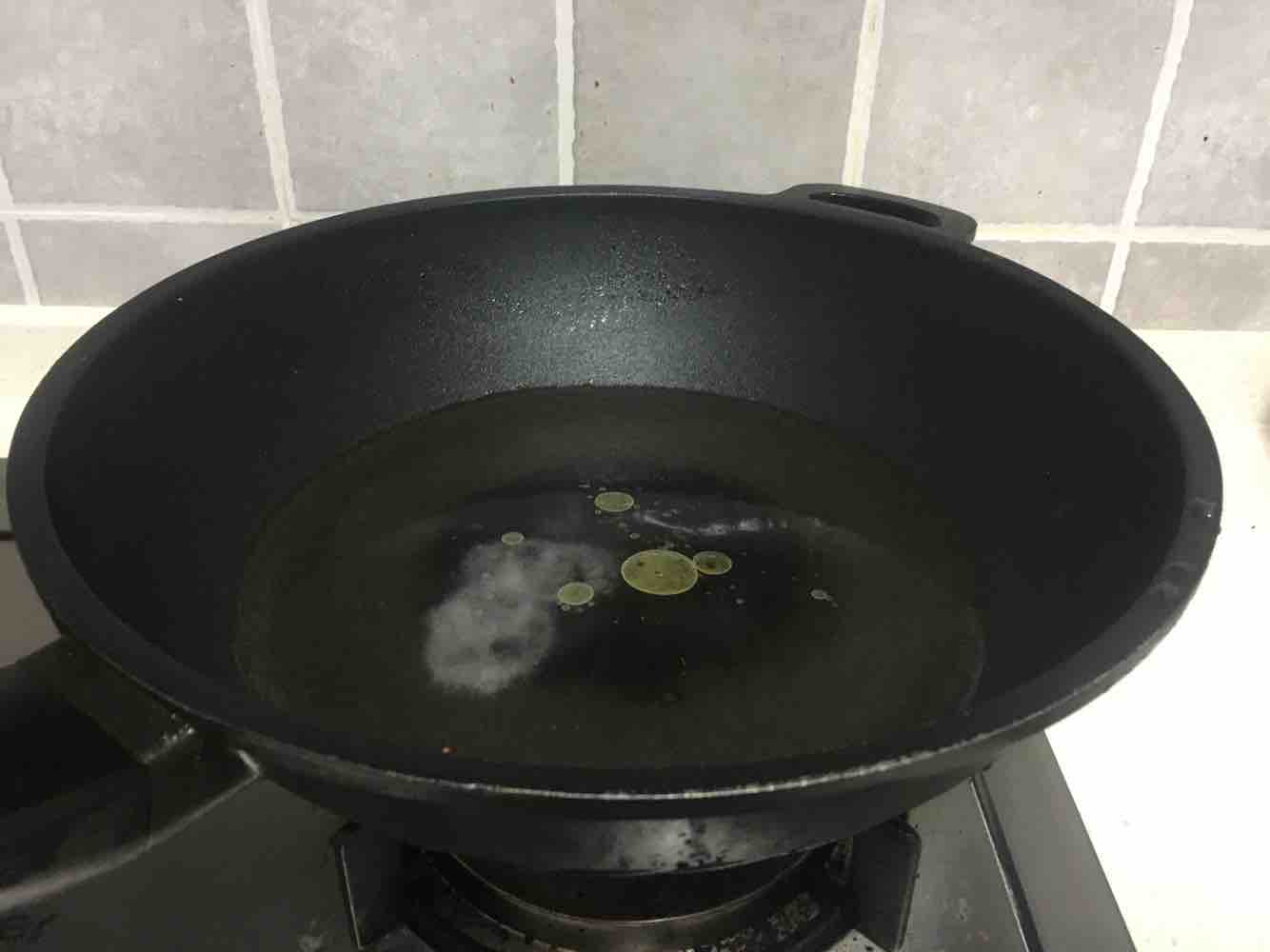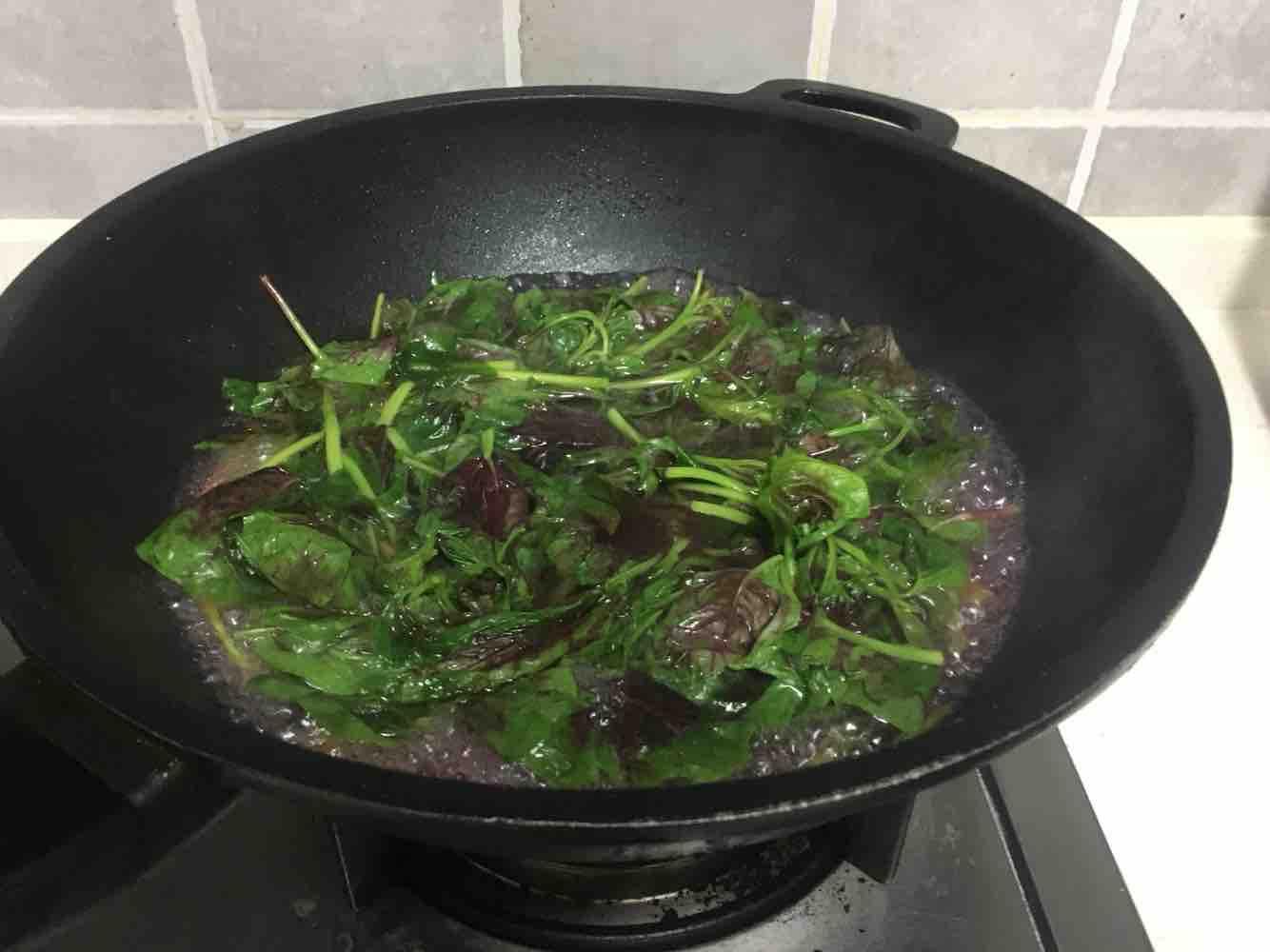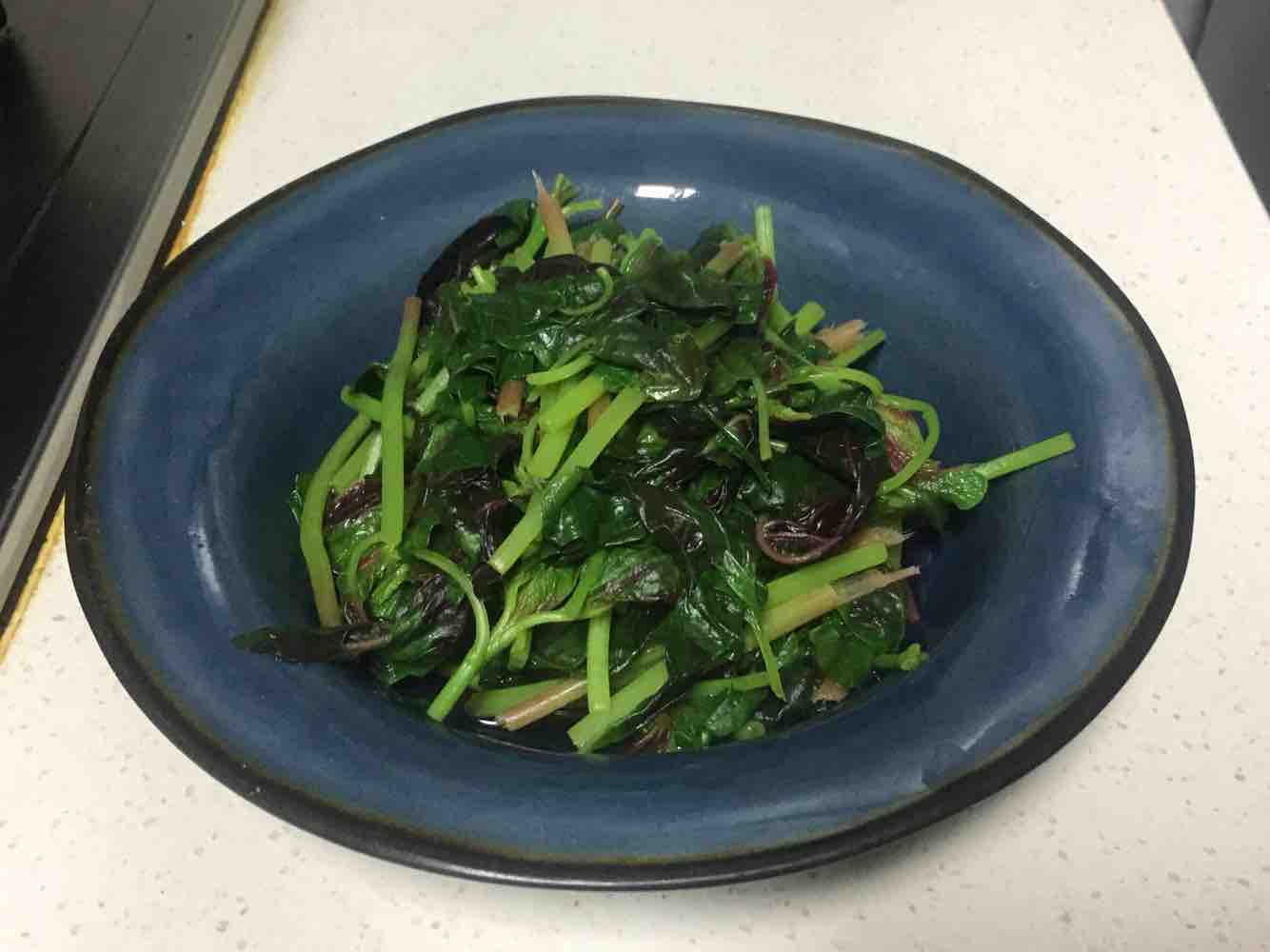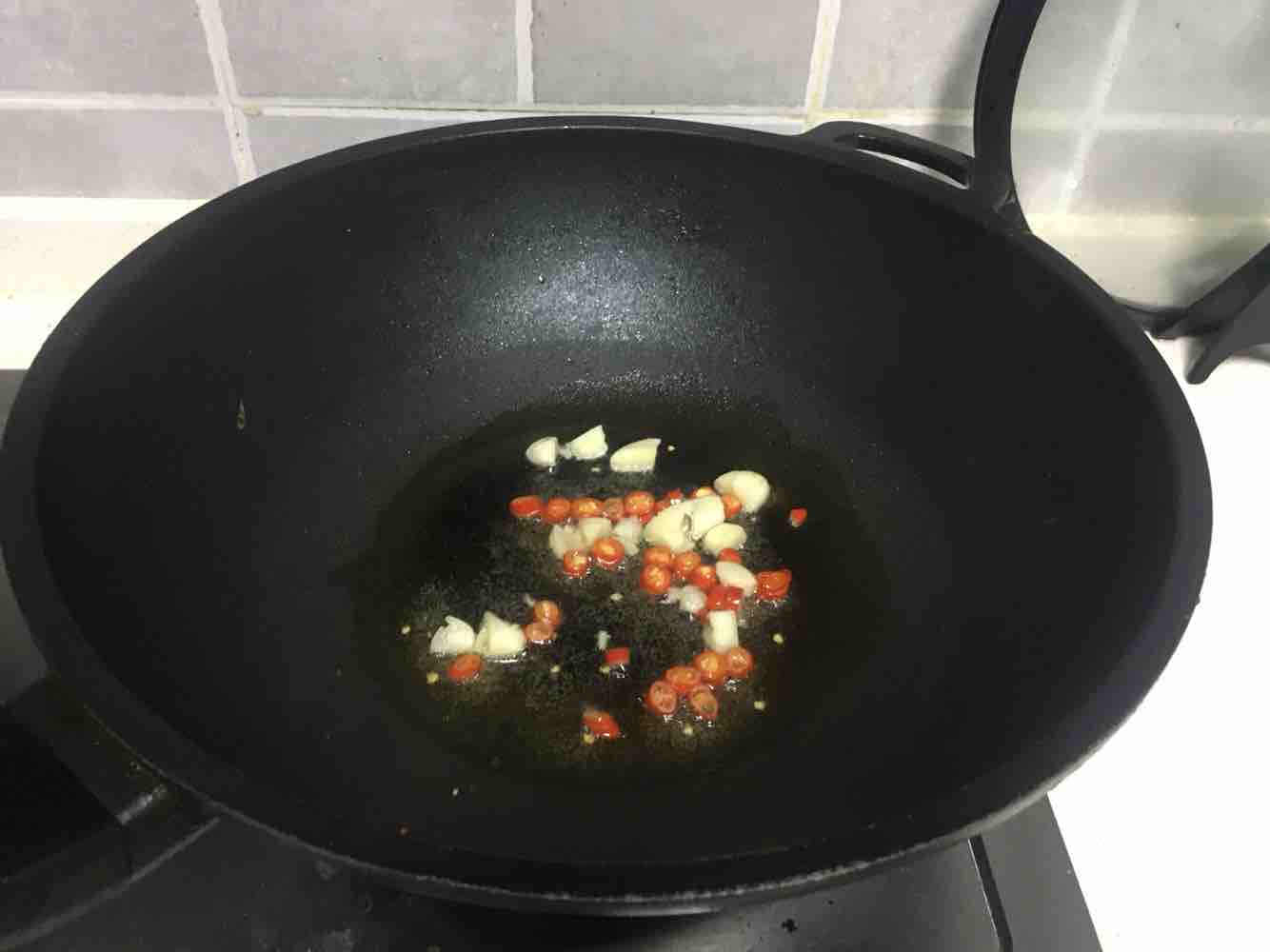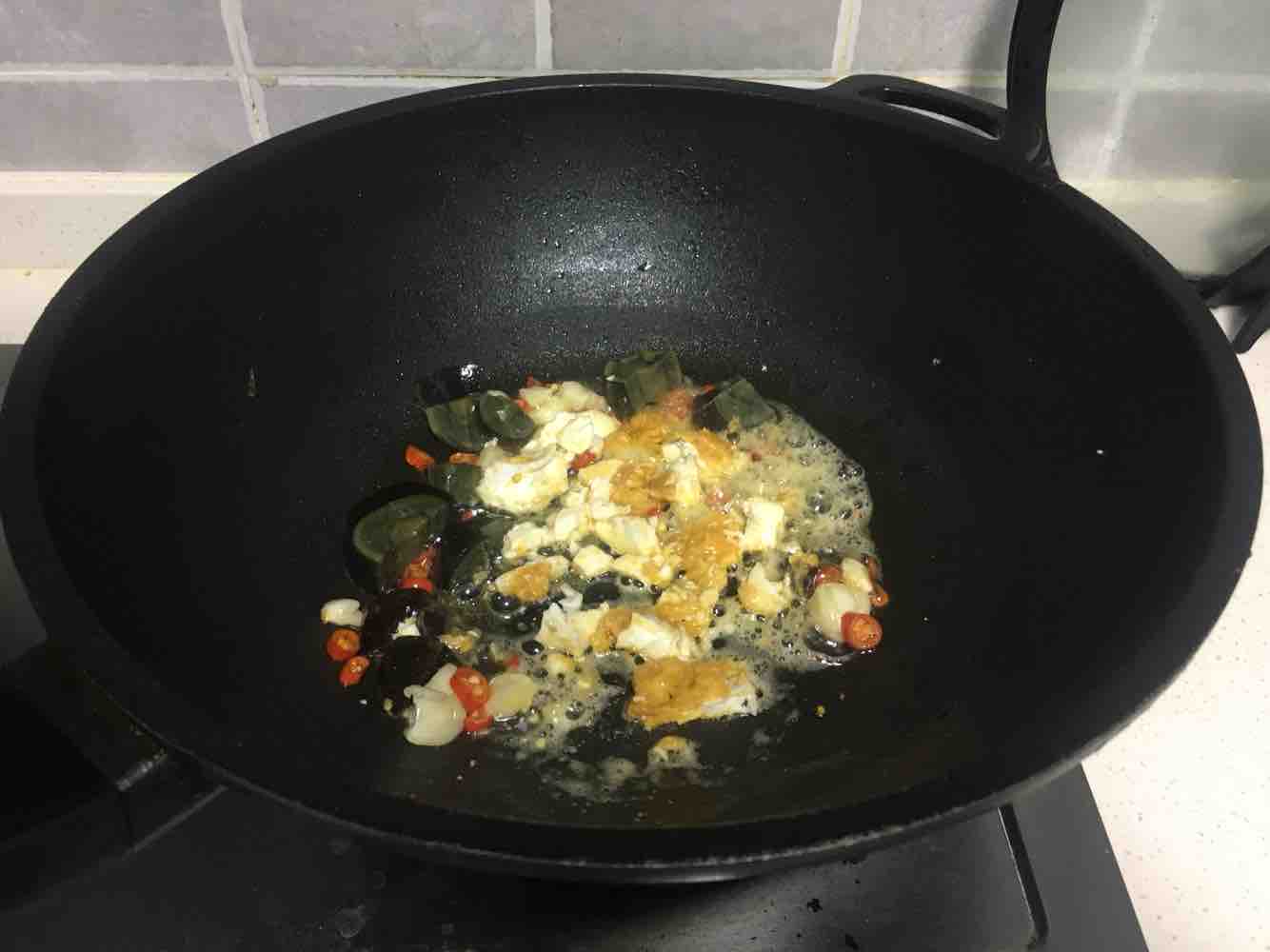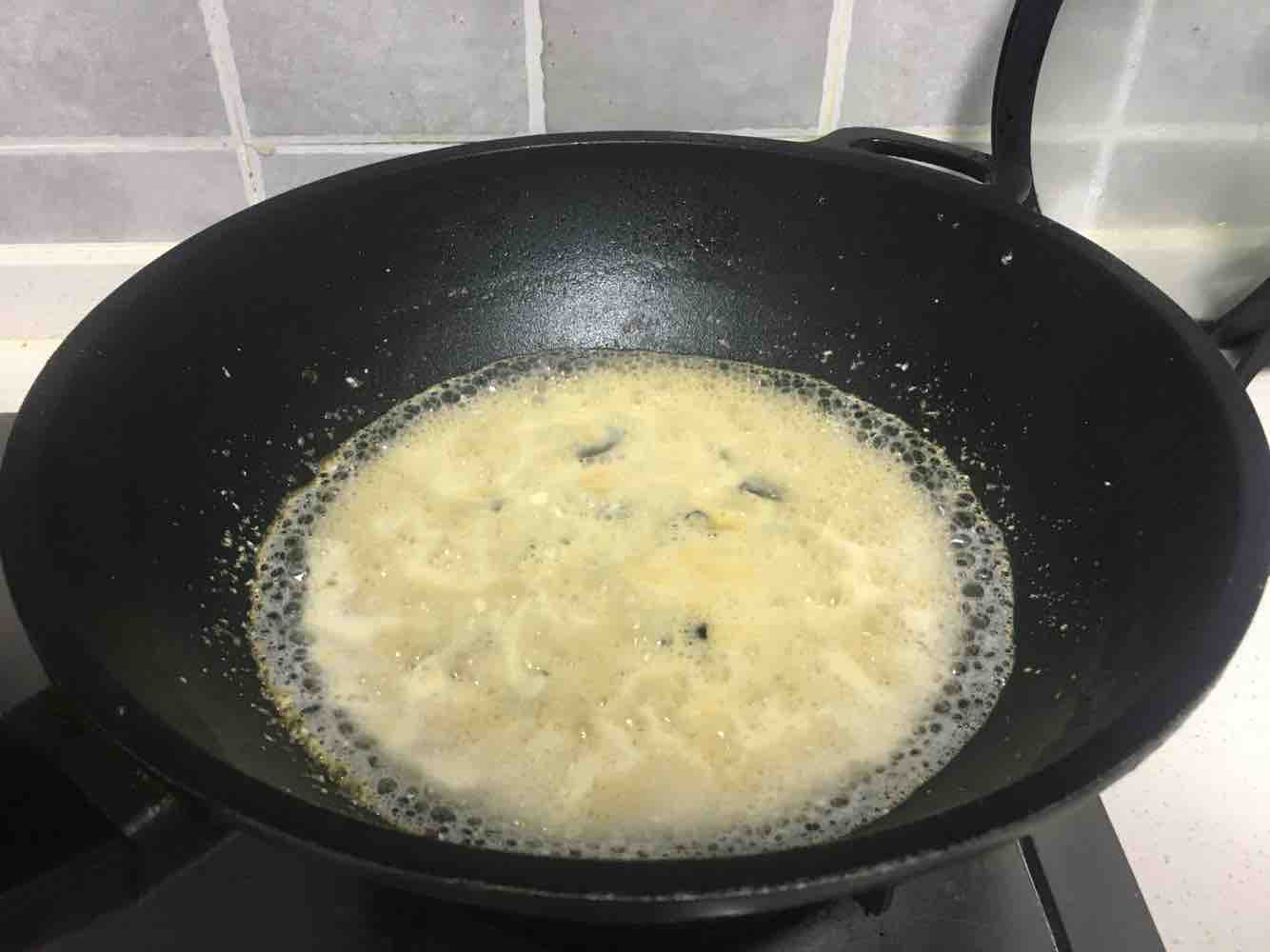Amaranth in Soup
by Leibao's life with smoke
Favorite
Difficulty
Normal
Time
15m
Serving
3
The Dragon Boat Festival is about to come. What else can I eat besides rice dumplings? Different places have different customs, such as the custom of eating "five yellows" in Jiangsu and Zhejiang. Five yellows refer to cucumber, rice field eel, yellow croaker, Gaoyou duck egg yolk, and realgar wine; northern Zhejiang has the custom of eating tofu; while Nanjing has the custom of eating "five reds." The custom of five reds is "roast duck, amaranth, duck eggs in red oil, lobster, and realgar wine. It is said that if you eat these five reds on Dragon Boat Festival, you can escape the summer heat and ward off evil spirits, and your life can be prosperous and happy. Today, I will tell you Sharing amaranth is a very traditional Han nationality dish. It belongs to the Cantonese cuisine series. Just pay attention to four points. There is no need for broth. The soup can also be salty, fragrant and milky. Let’s take a look at the specific description!


